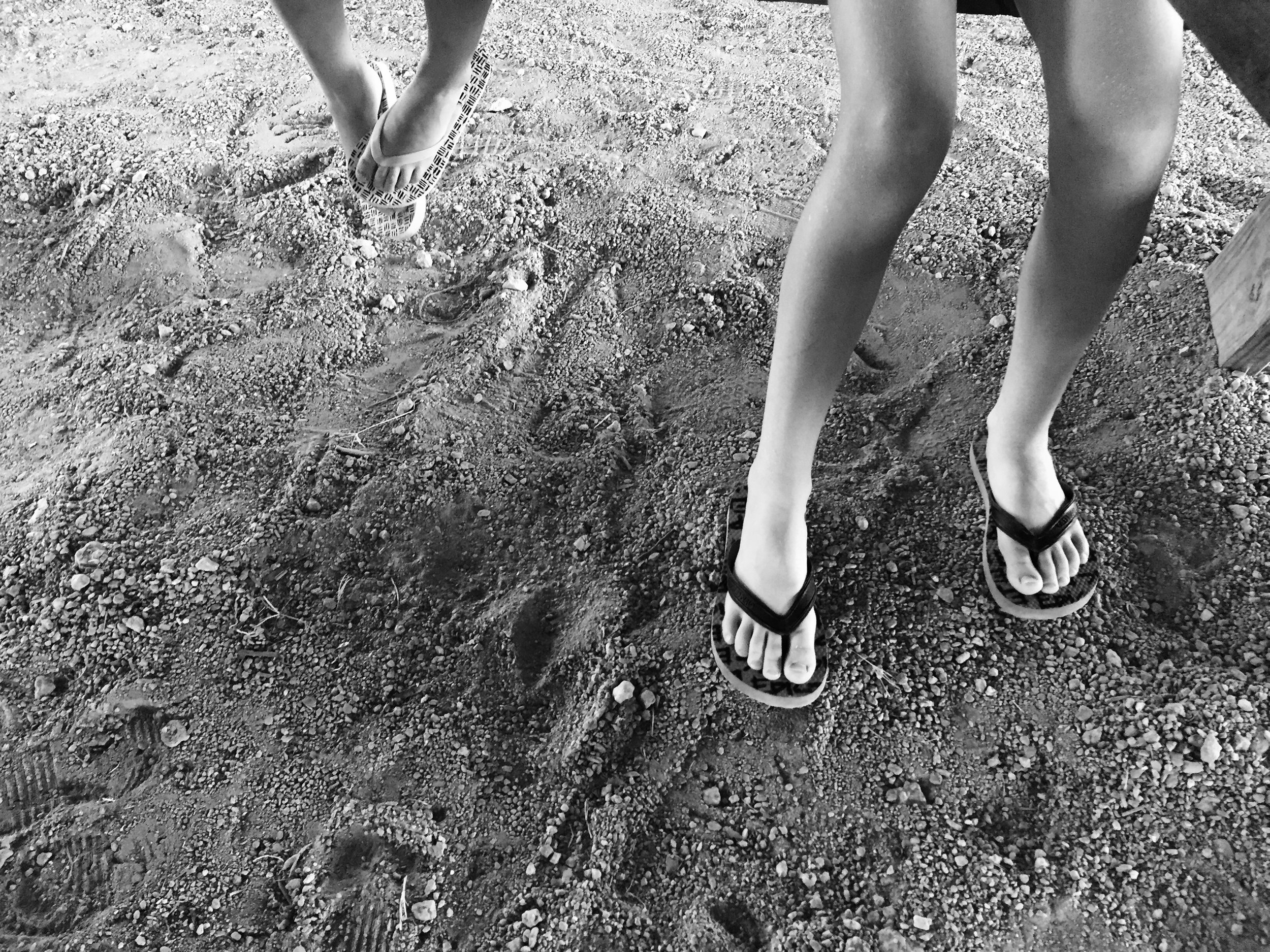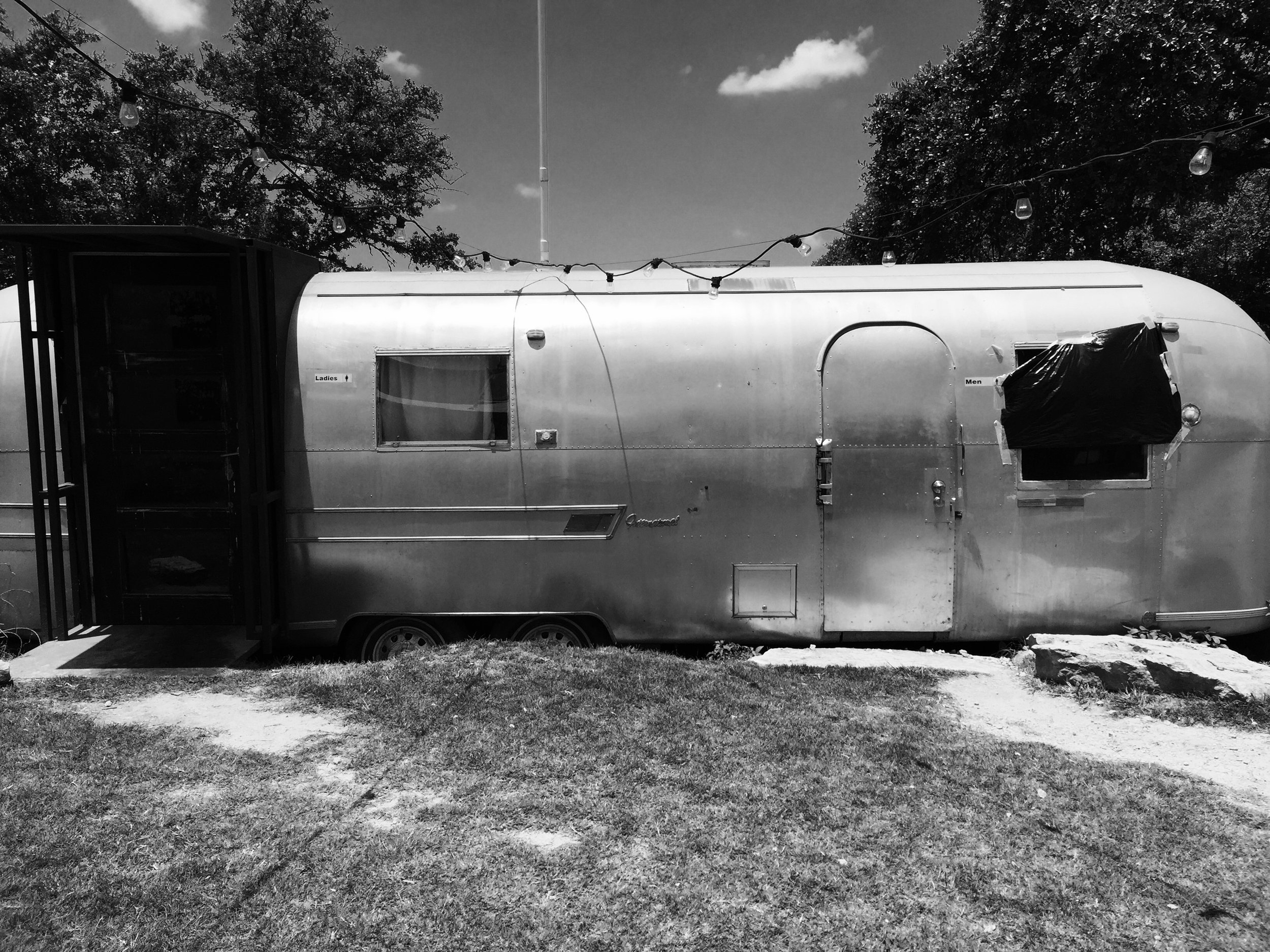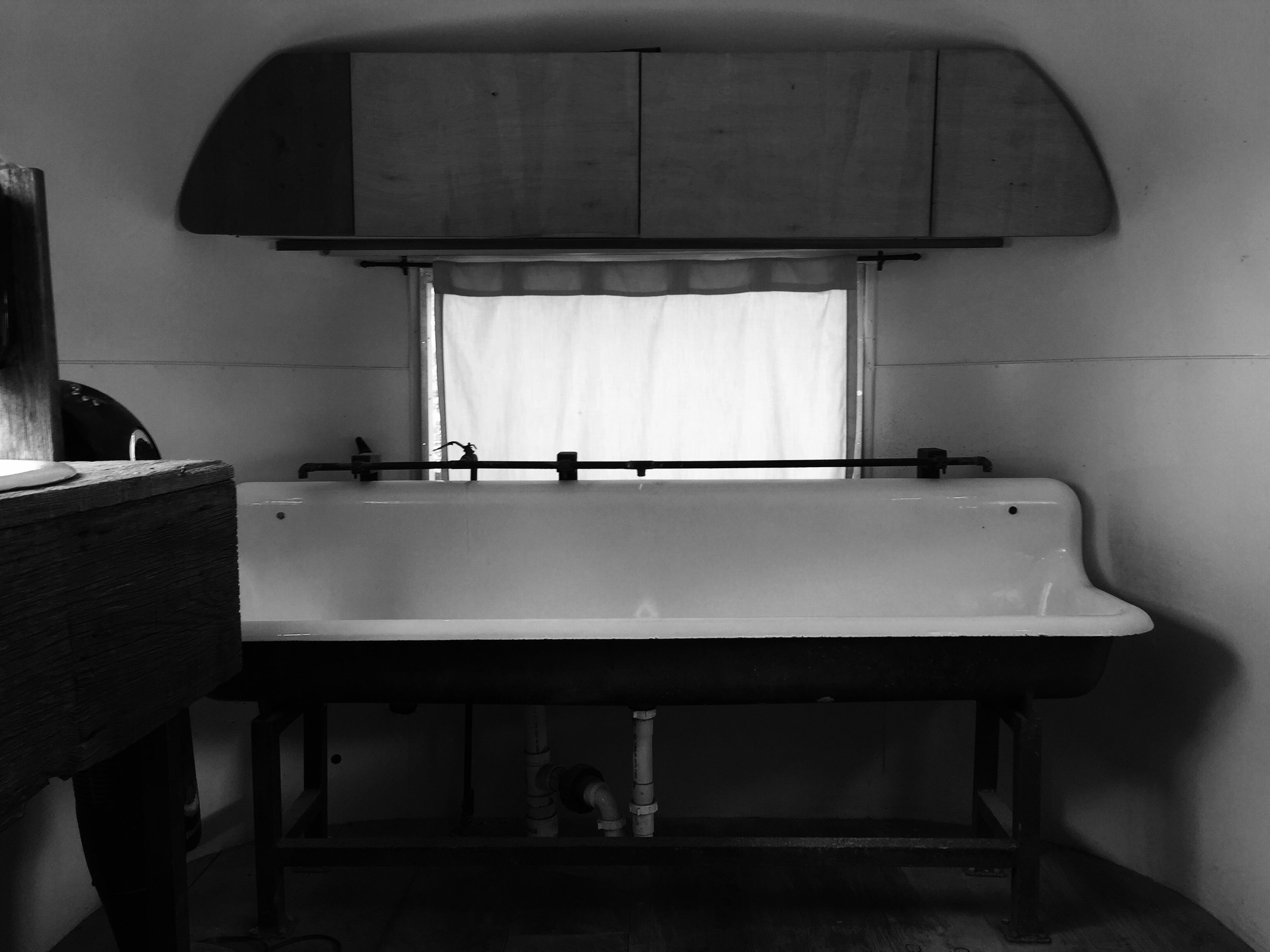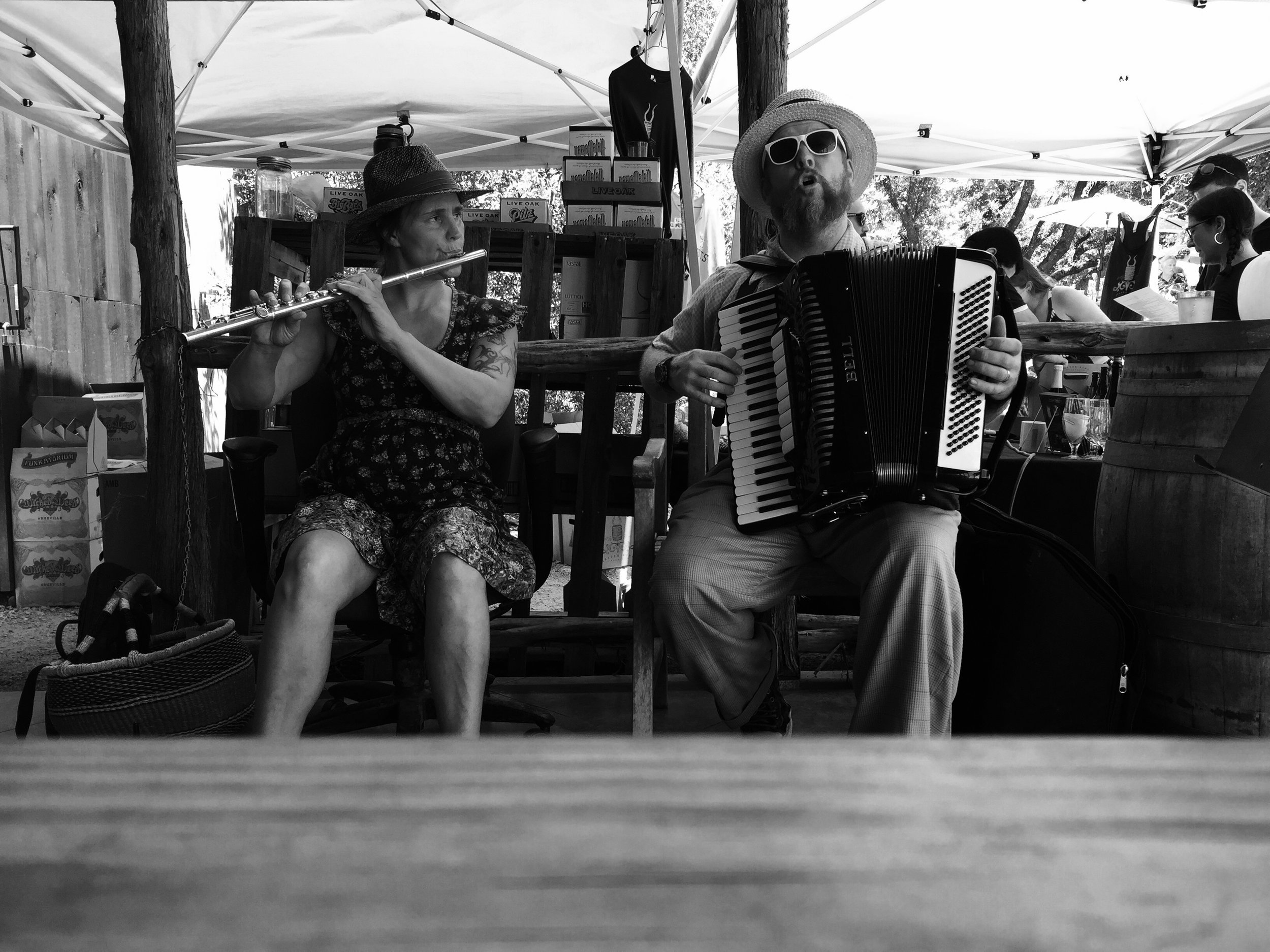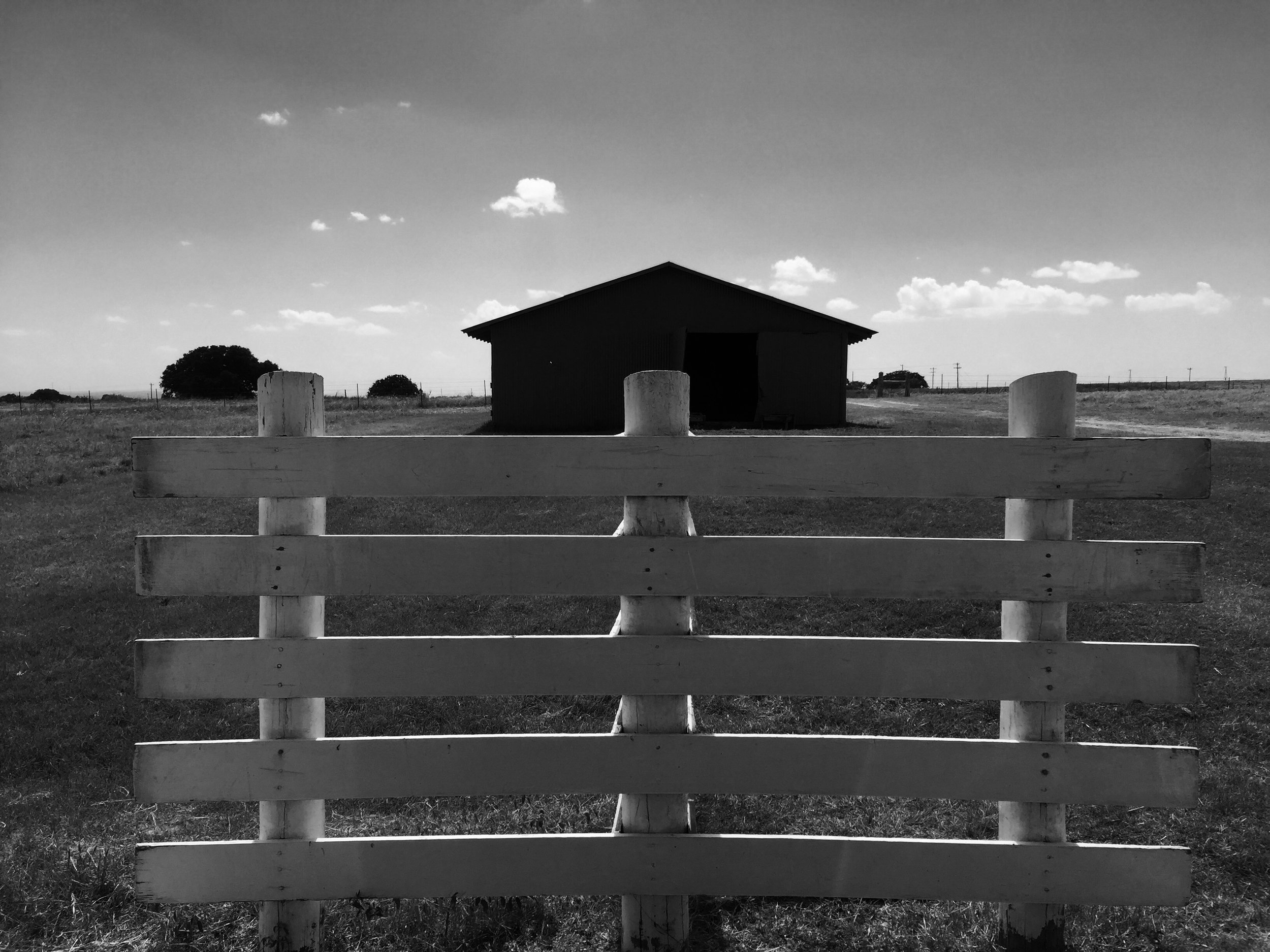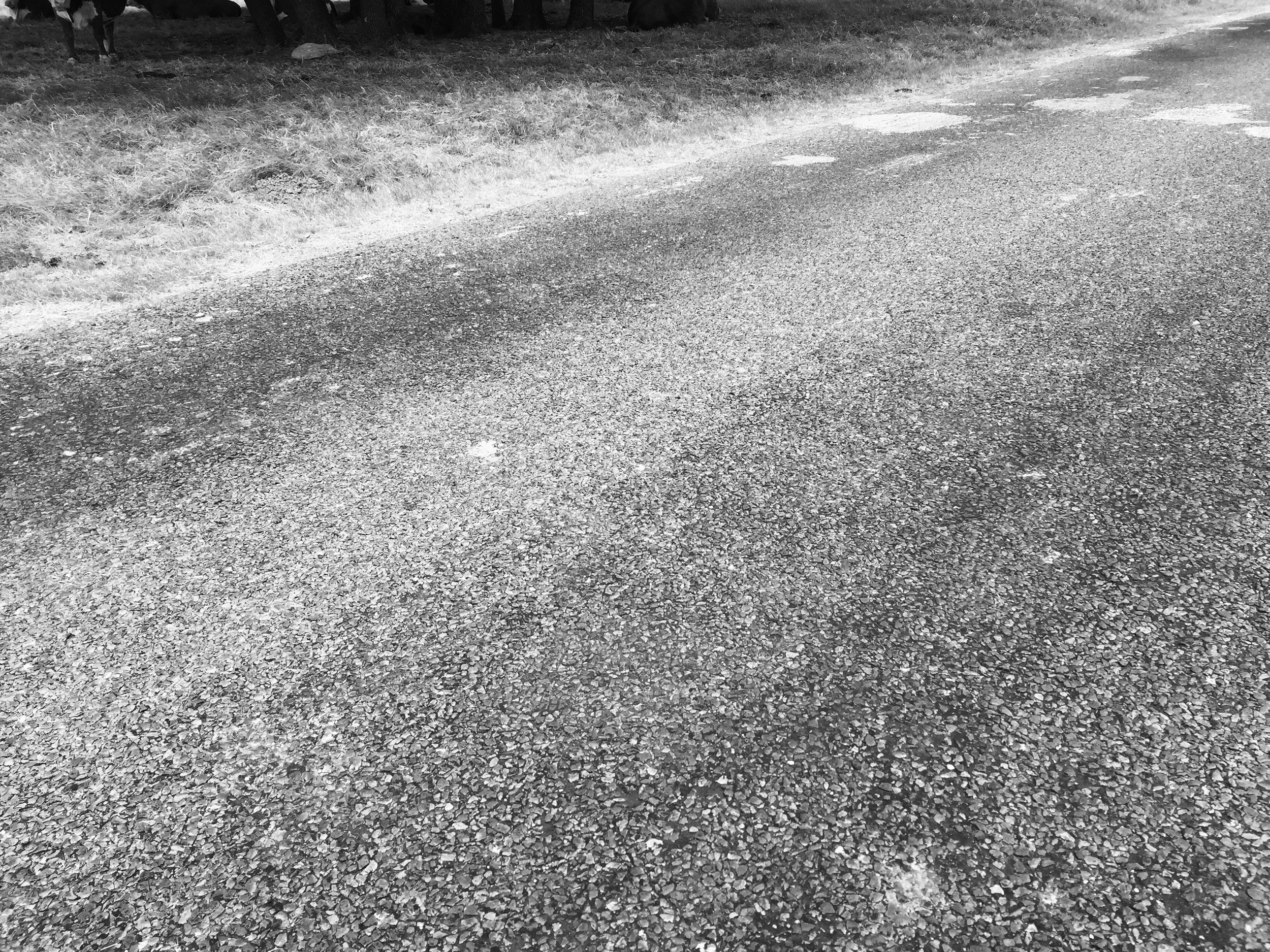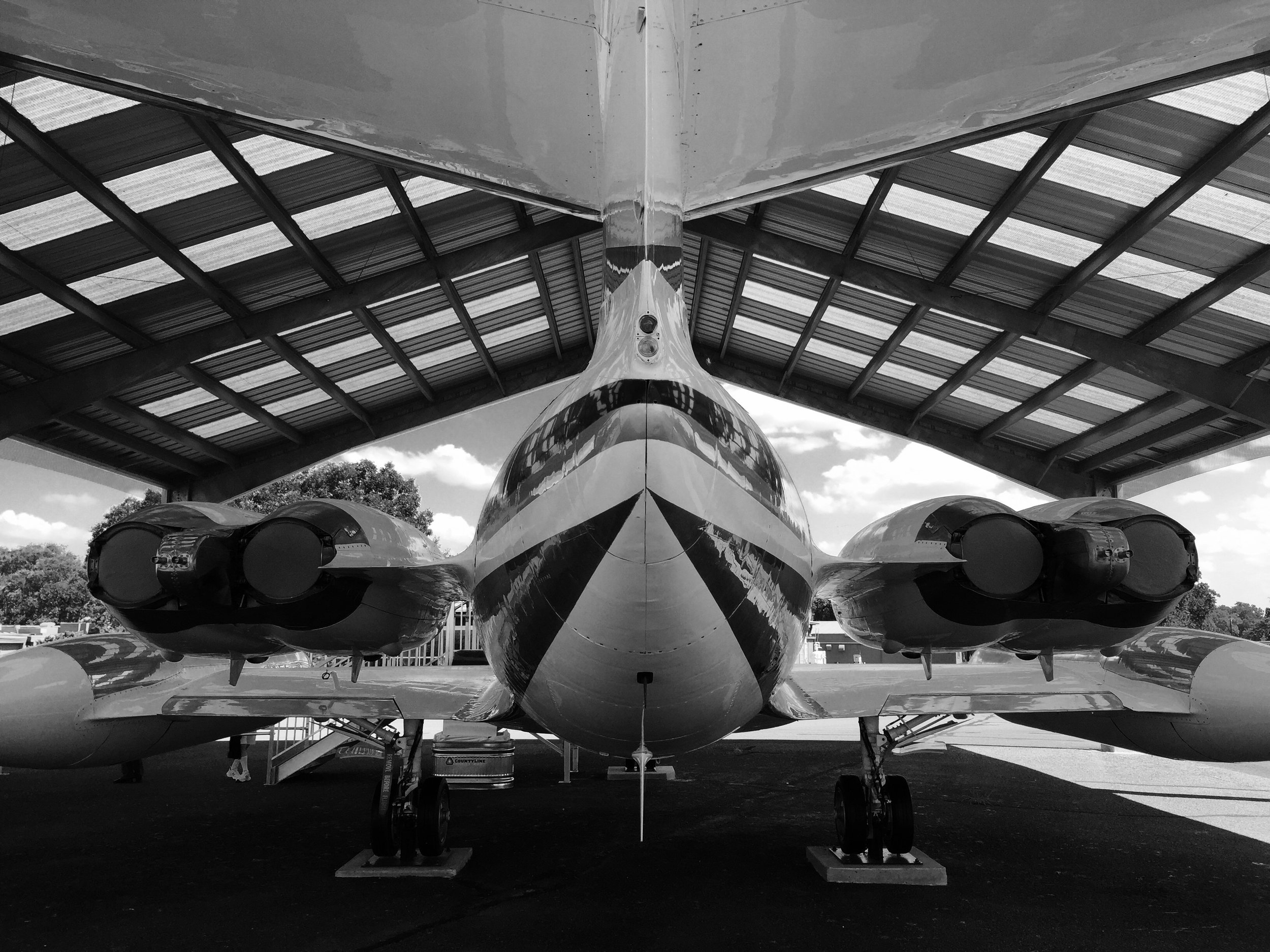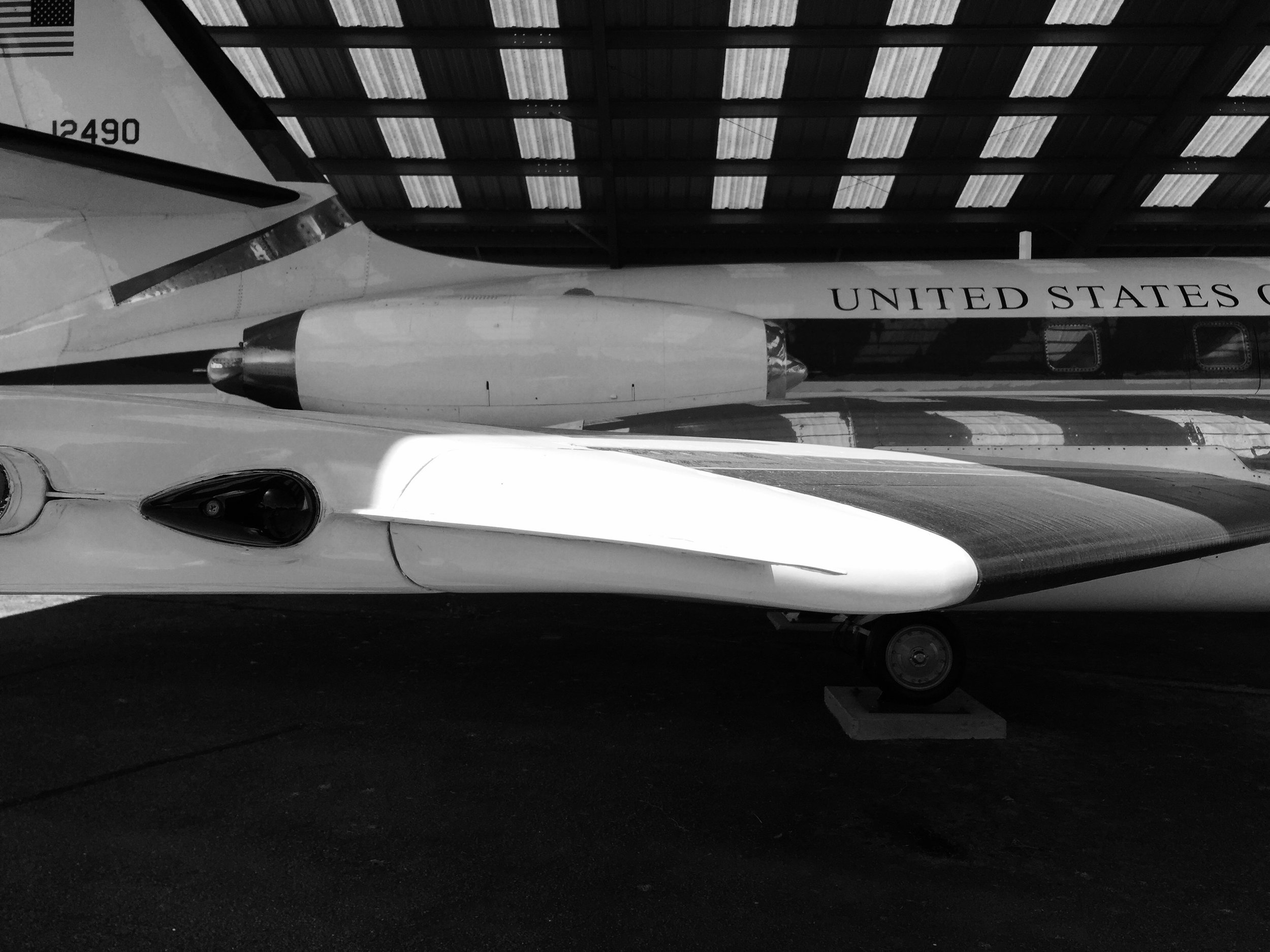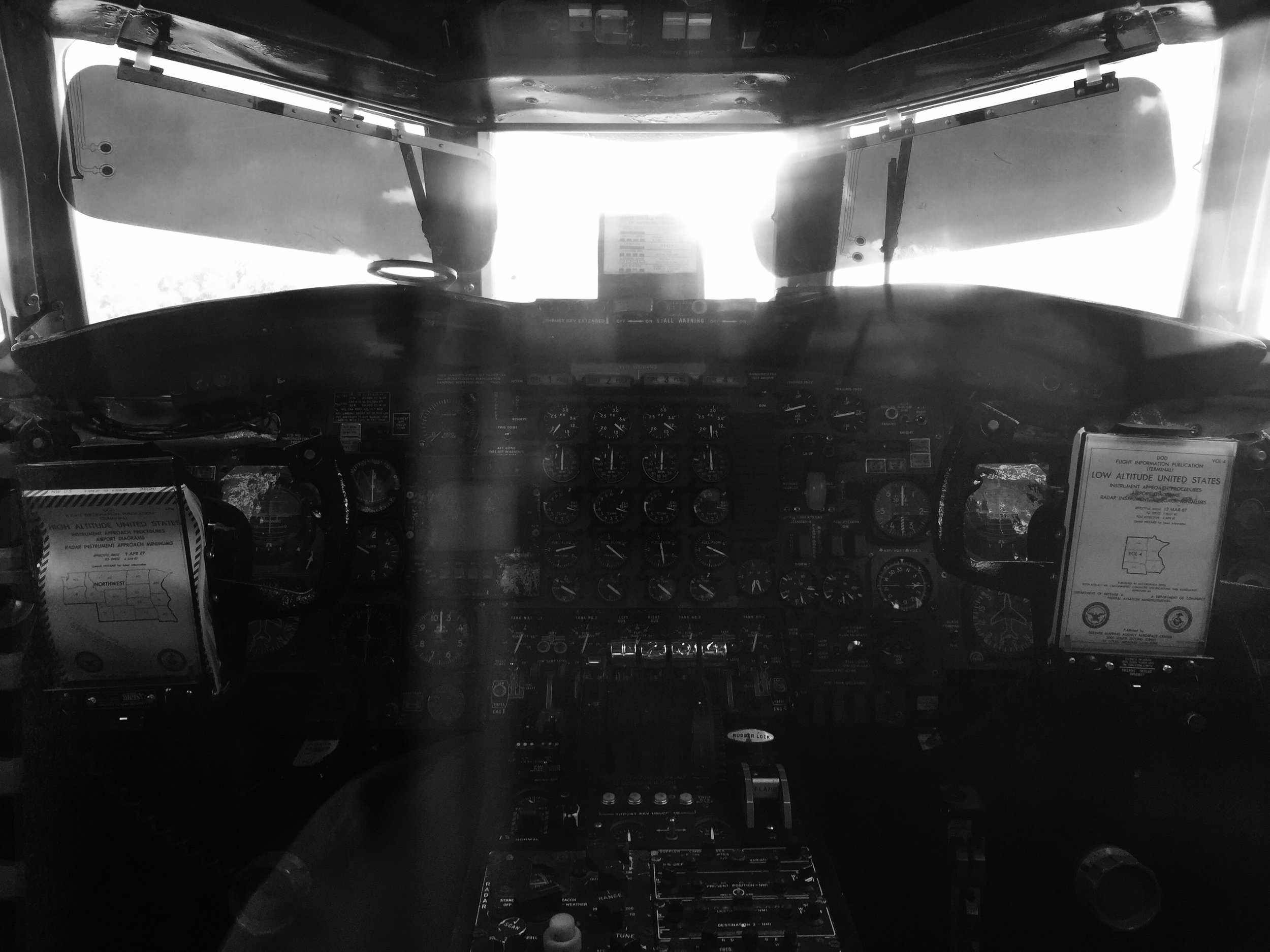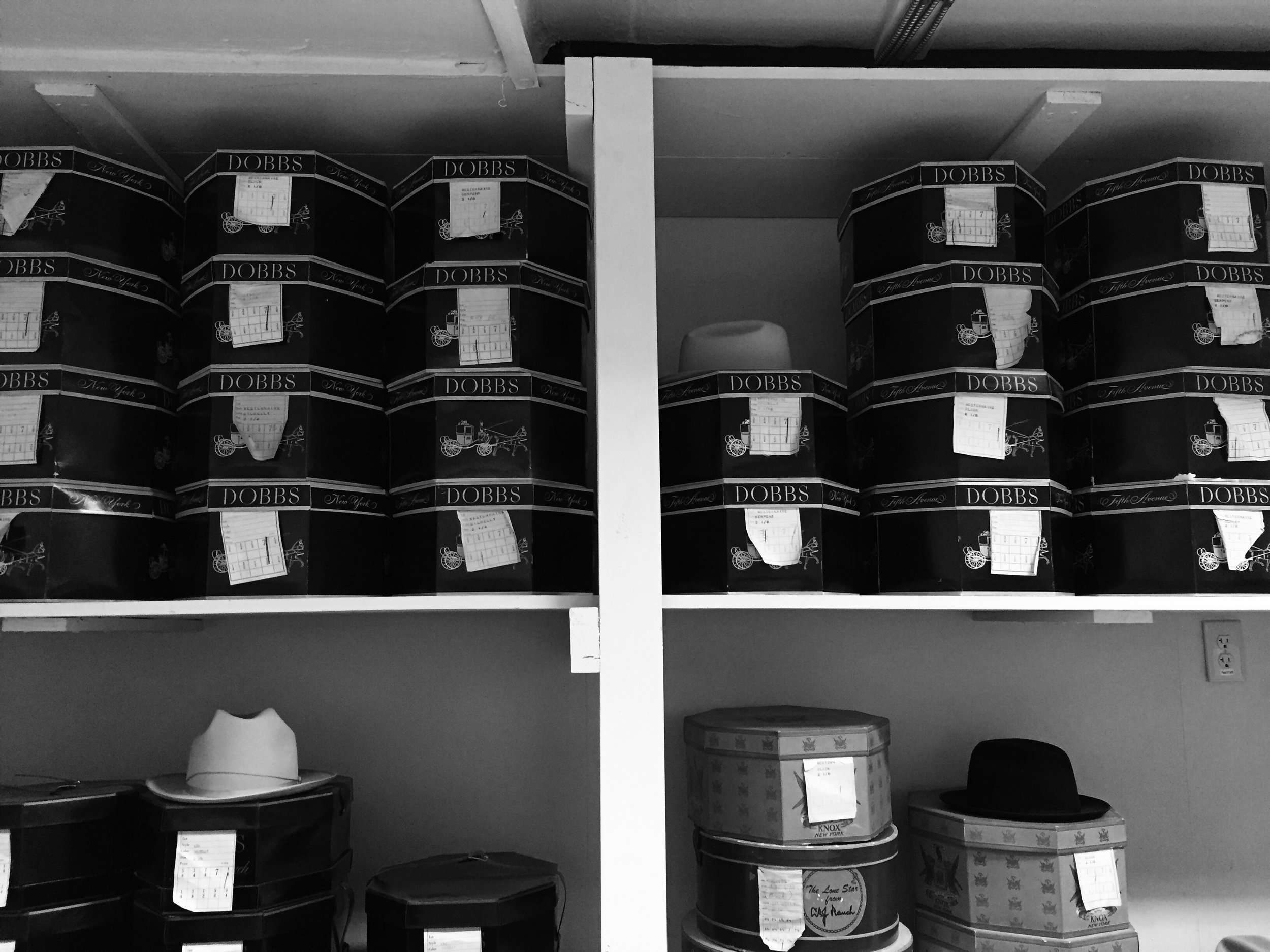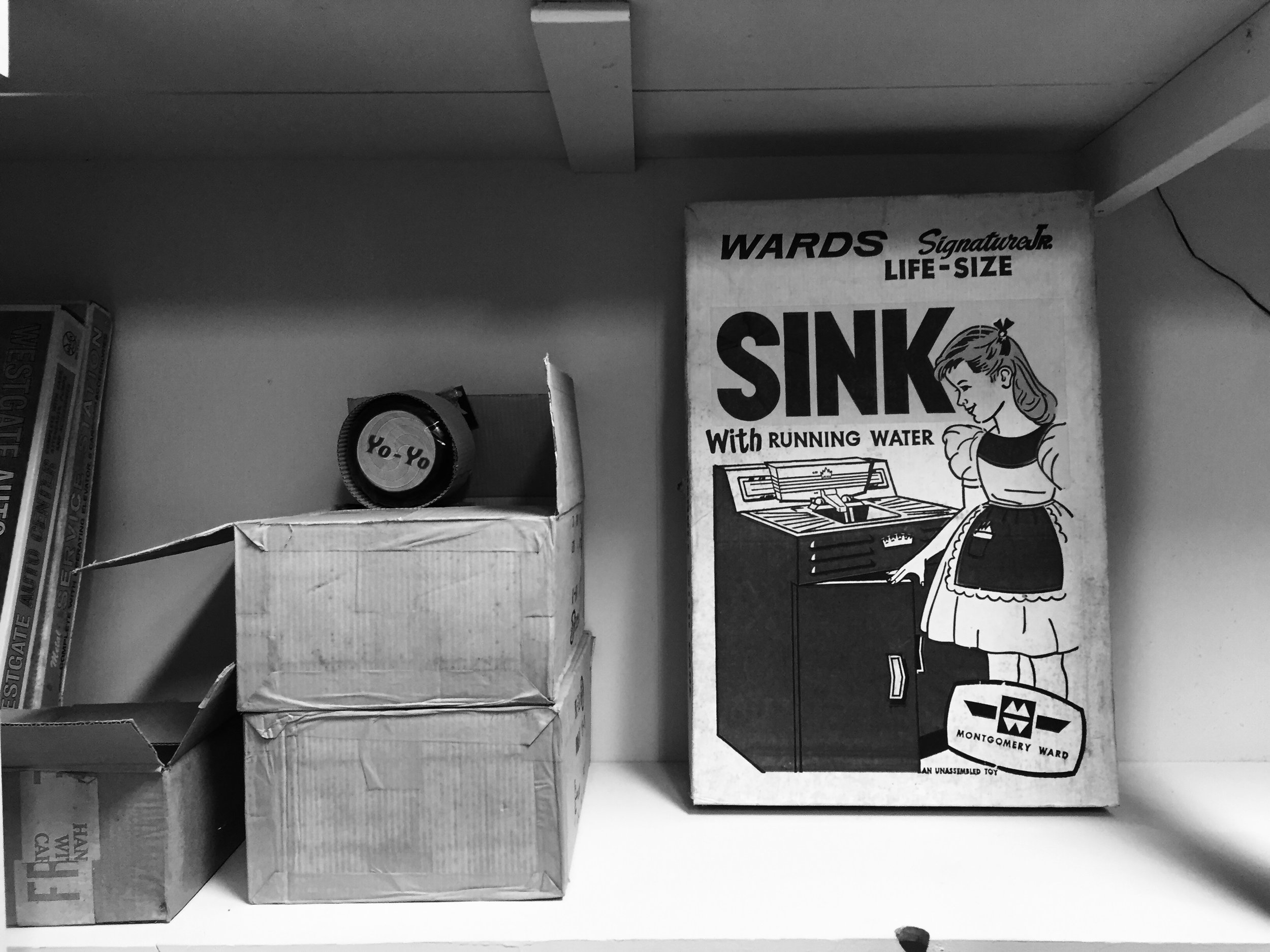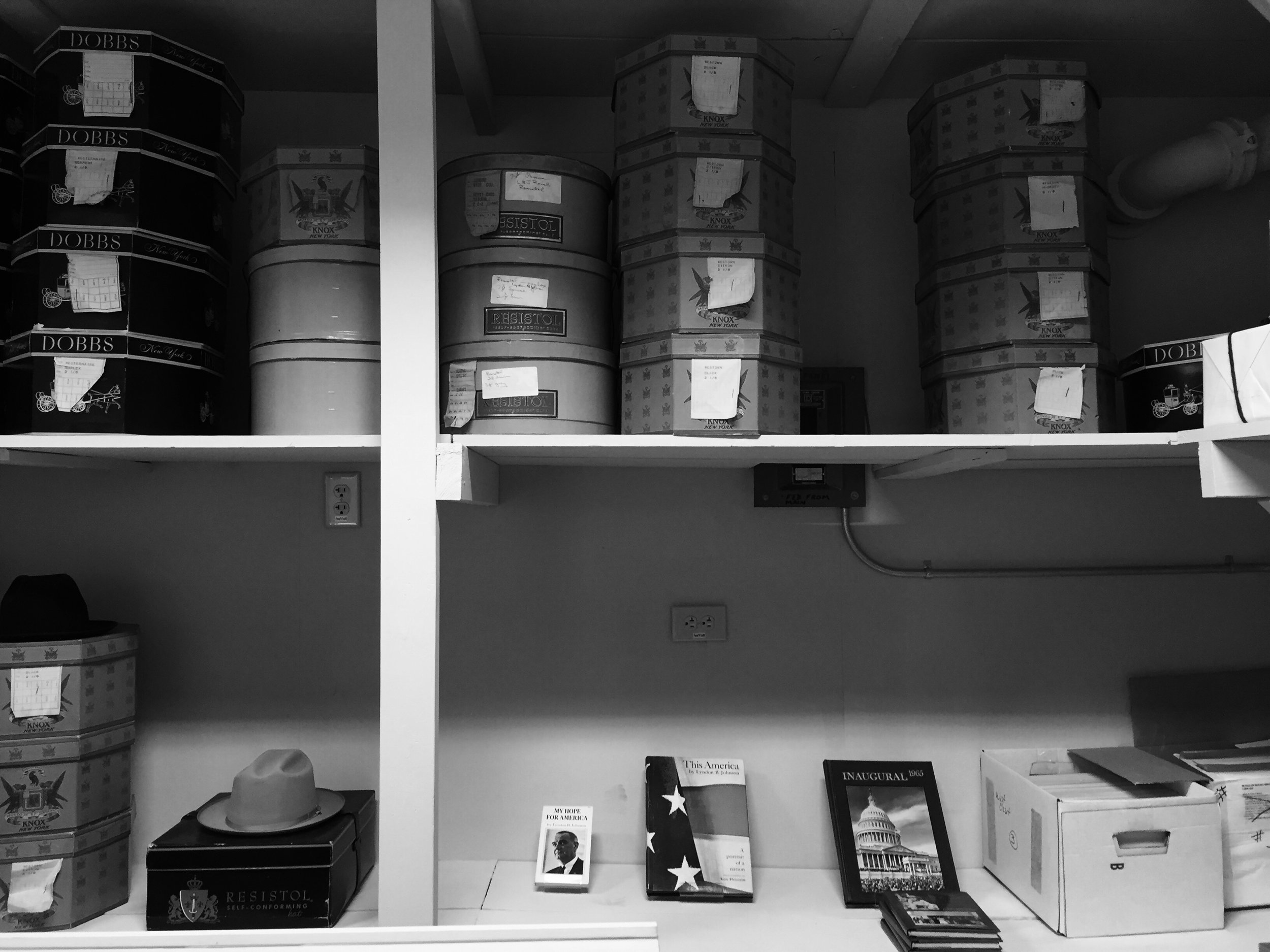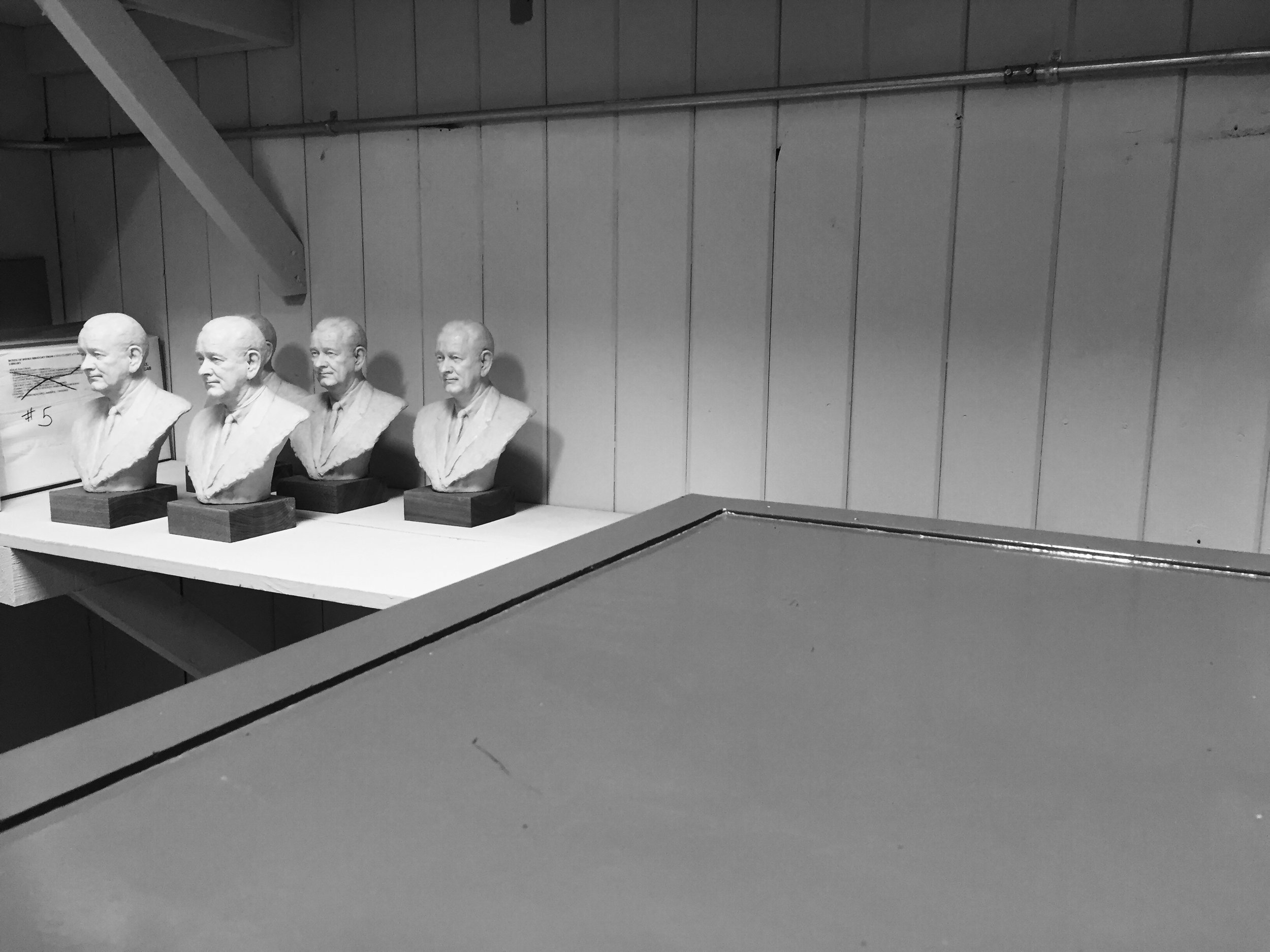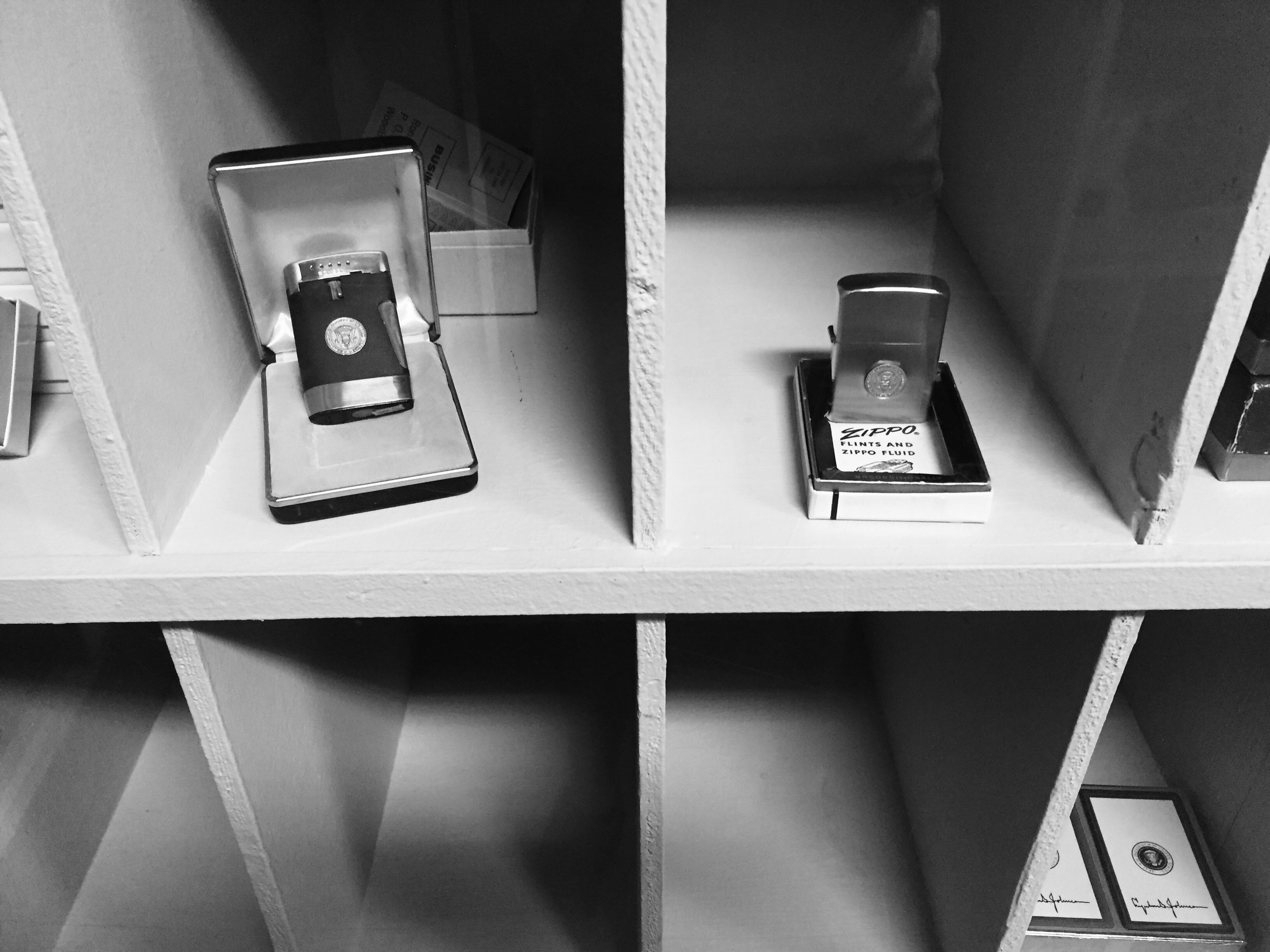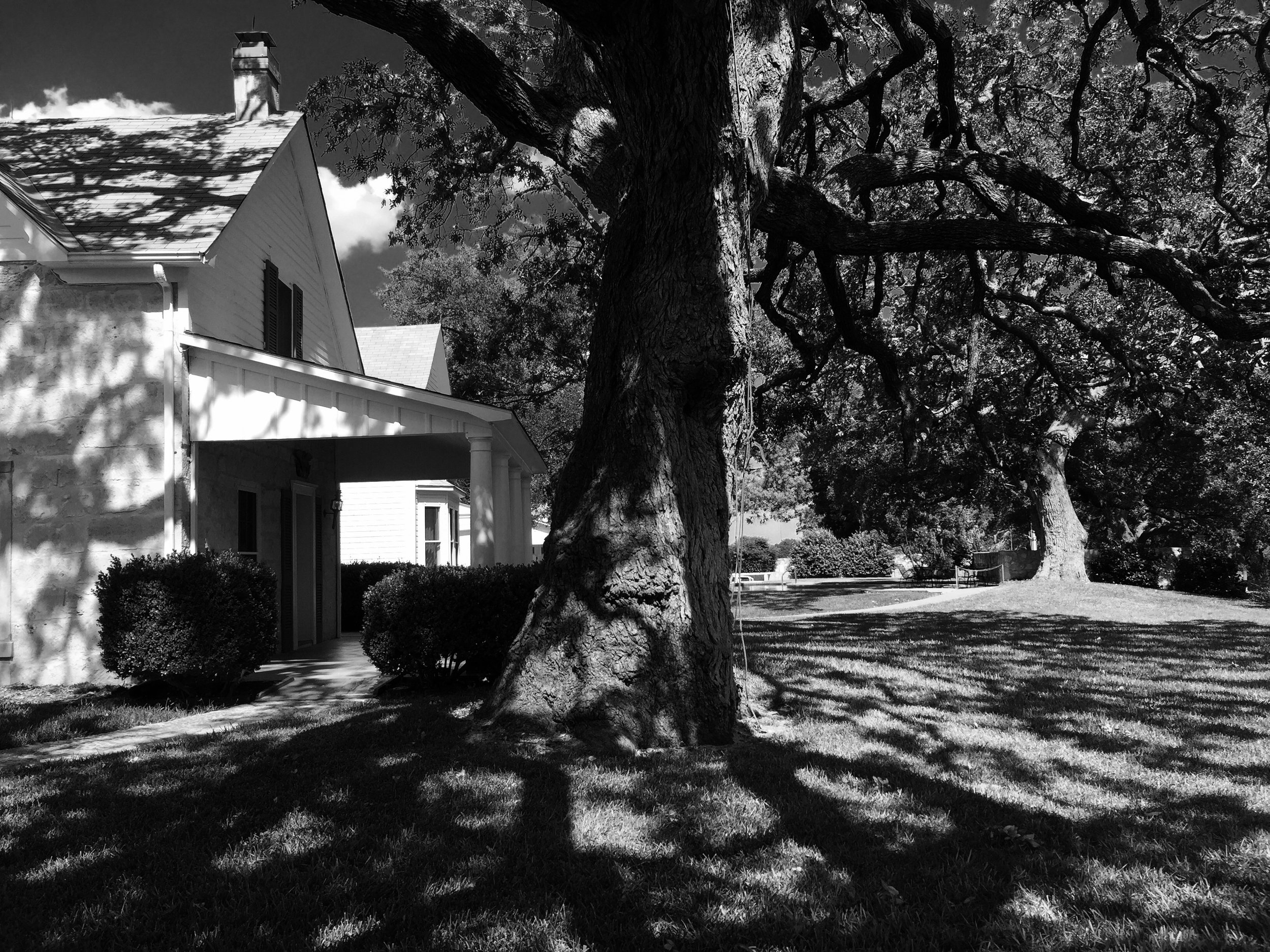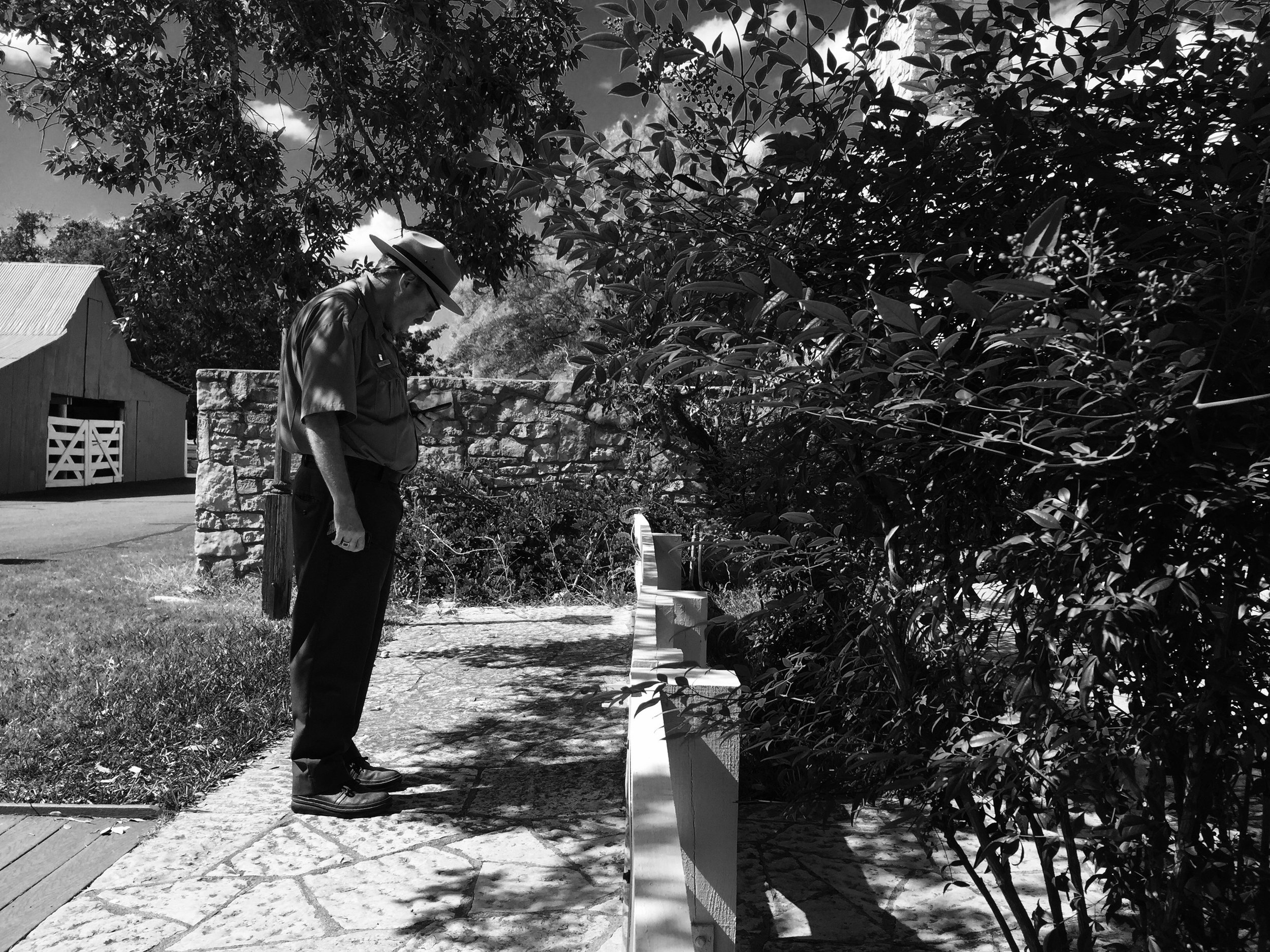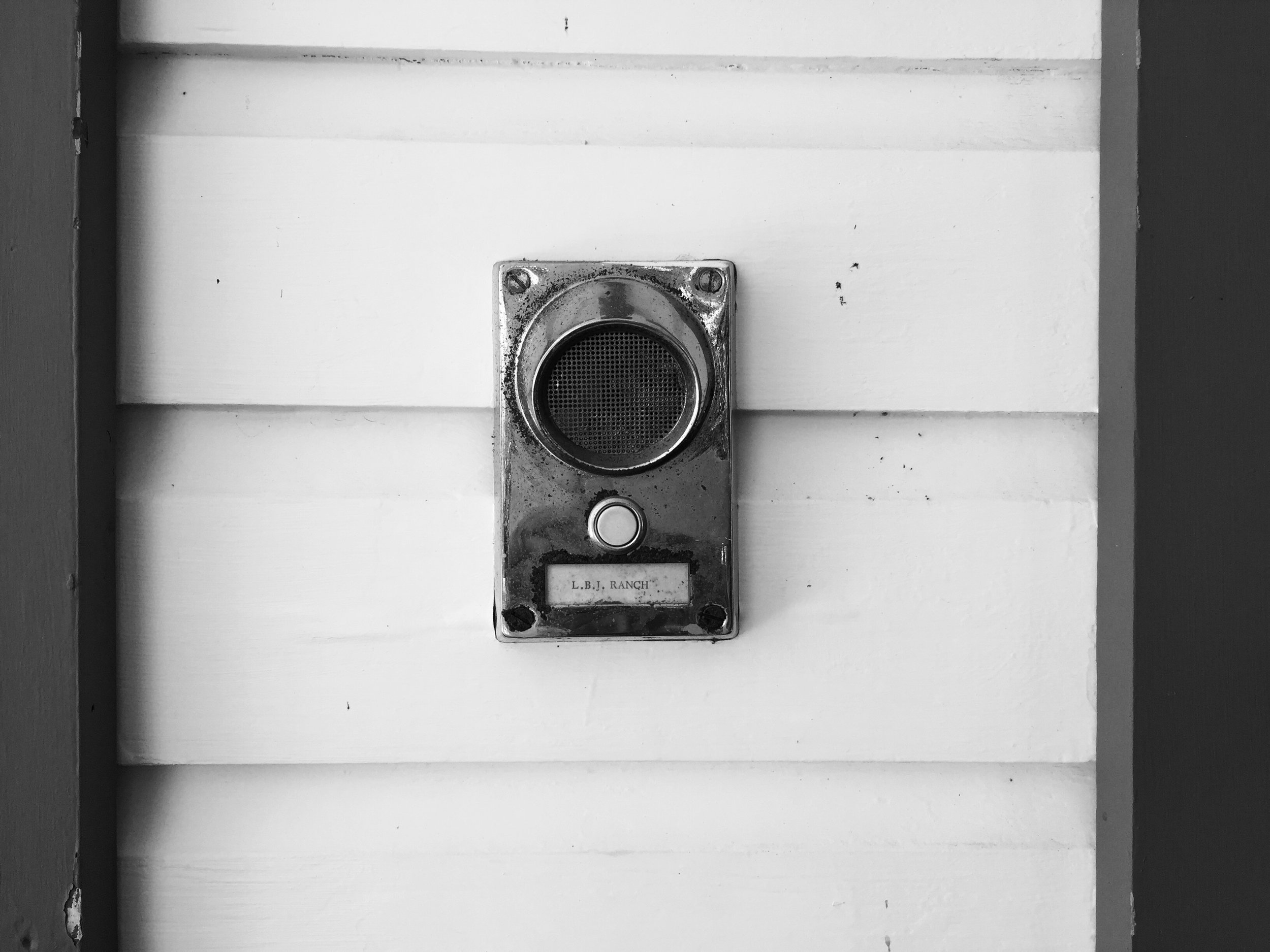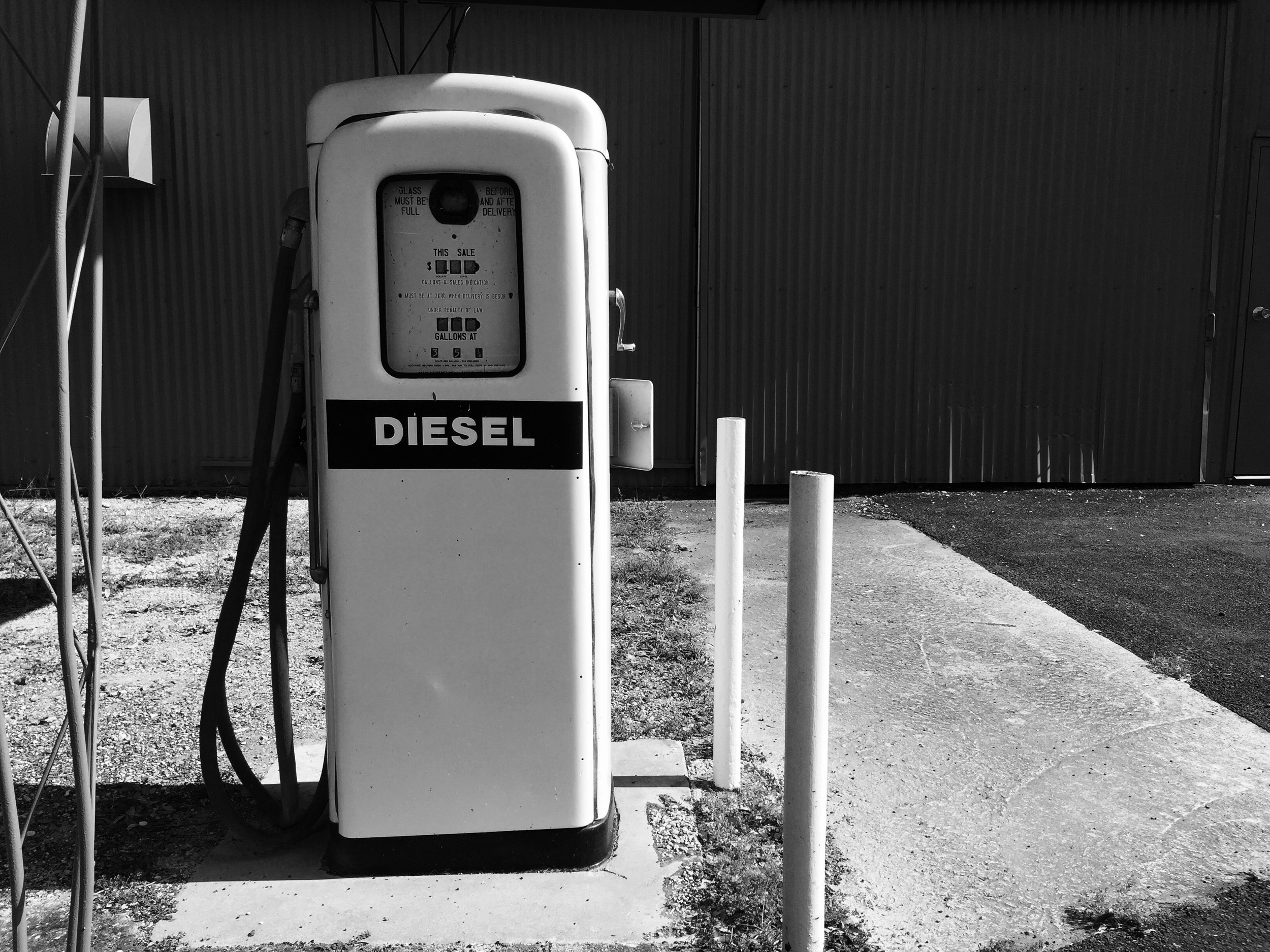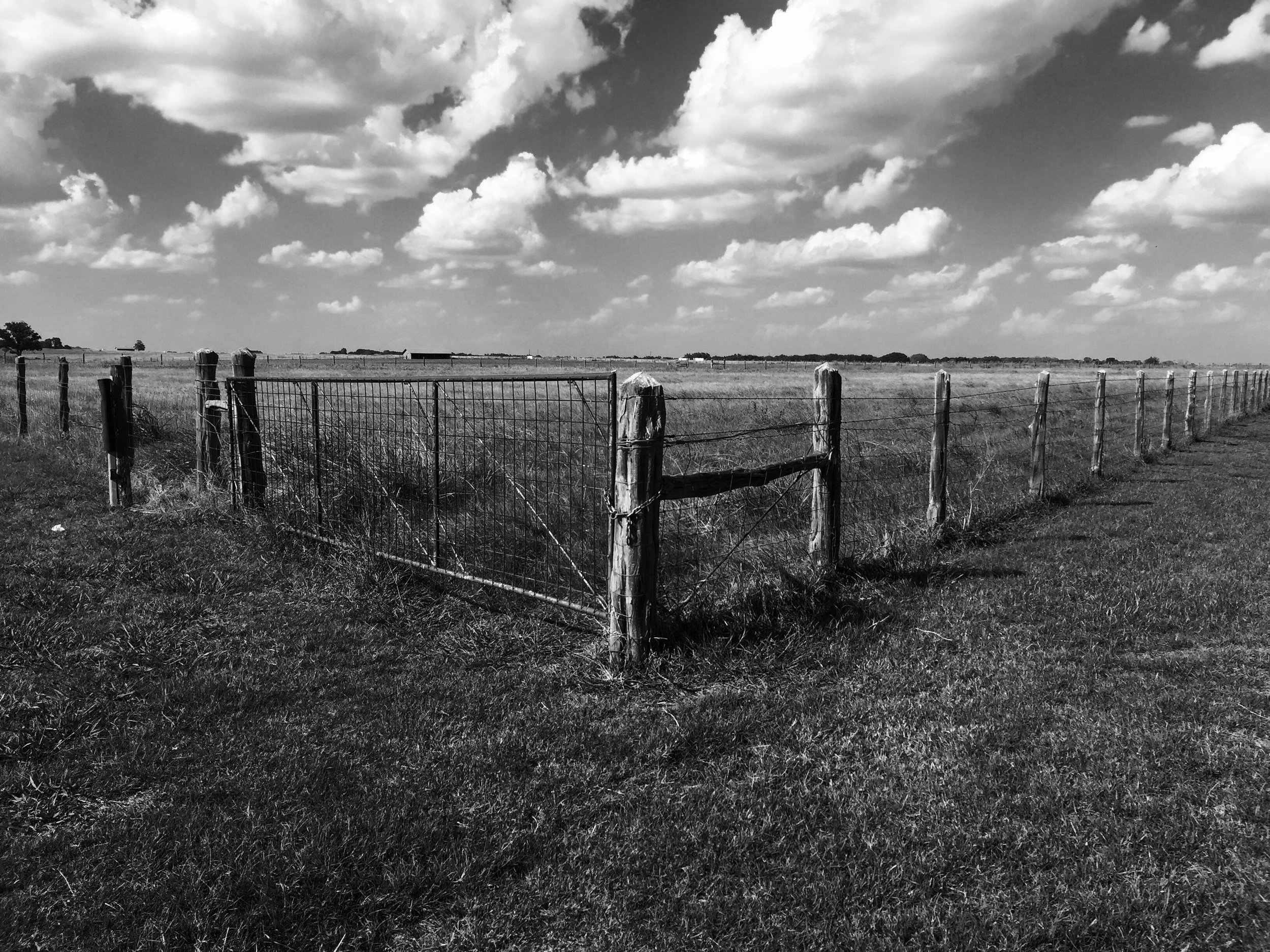The Texas Hill Country surrounds the increasingly dense urban core of Austin. If you live centrally then it’s a 30-minute drive Southwest on US 290. It is rugged. Like all of Texas, it is also owned and operated. One cannot simply pull over and dart across the land and up a hill. Prevalent barbed wire sends a stern message. If you decide to drive down a winding entrance, you won’t get far before meeting a formidable fence. But there are many permissible places to camp, swim, hike, eat, or step back in time.
Jester King Brewery illustrates that new ethic of place just outside of Austin, where the “material setting” quite intentionally imparts a “sense of place” [1]. Joining rows of remote wineries, this craft beer compound consists of land, mostly, including three ad-hoc resources: a higher-brow beer hall, pizza joint stable, and Airstream potties. Hill Country cool. One is encouraged to sample styles, settle on one, then roam the place before sitting down for pizza and beer. Most interesting, though, is the place-making and its impact on local and remote communities. Intense heat, cedar brush, and open architecture is acceptable mid-summer. (One might expect that of a Texas establishment, but the crowds that visit nowadays are populated by the new Austin populace who hail from cooler climates.)
The LBJ Ranch is the featured attraction of Johnson City, Texas, the birthplace and resting place of Lyndon Baines Johnson, the 36th President of the United States. From the outside, it projects the well-known grandeur of the man. It is a Texas landmark. It is big. But as you approach the core, LBJ’s eccentricities begin to show: the airplane hangar that held a more compact version of Air Force One, and the gas pumps which fueled his collection of antique-to-peculiar cars (see stunts with a West German Amphicar). A standard ranch house was operationalized to support a sitting president, flush with:
telephones in every room including underneath the dining room table
a repeating triad of TVs to watch the 3 channels of the era that reported the news
beer taps, custom cigarette holders, ashtrays, massage tables, and an outdoor in-ground swimming pool facing the Blanco River (creature comforts that only contributed to his waning health)
and a shed full of gifts you might imagine receiving from said president
Sadly, no photography is allowed inside the house.
Notes on shooting
When taking a photograph my muscle memory tells me to draw a lightbox up to my right eye, close my left, frame a scene through through the viewfinder, adjust shutter speed, focus, then click. Six choreographed steps that greatly add to the feeling of the craft (indeed, they tell me that I’m actually engaged in one). The iPhone camera, which I used to document this outing, requires a different posture and set of mechanics. Both eyes, rather than one, play a featured role in this act. I look down upon it. My hands hold the light, unsubstantial device in a symmetrical manner and I frequently fumble the phone, catching it at the last minute. Nothing secures the thing to my body. Distortion factors in to every shot and I find myself leaning to-and-fro rather than leaning-in to frame the photo. When I finish taking the shot, I tap a “button” and place the phone in my pocket rather than letting it hang from around my torso. Lightness indeed, but, also a sense that I forgot something.
It feels different.
(1) Tim Cresswell, Place: An Introduction, Second Edition, Wiley 2014


